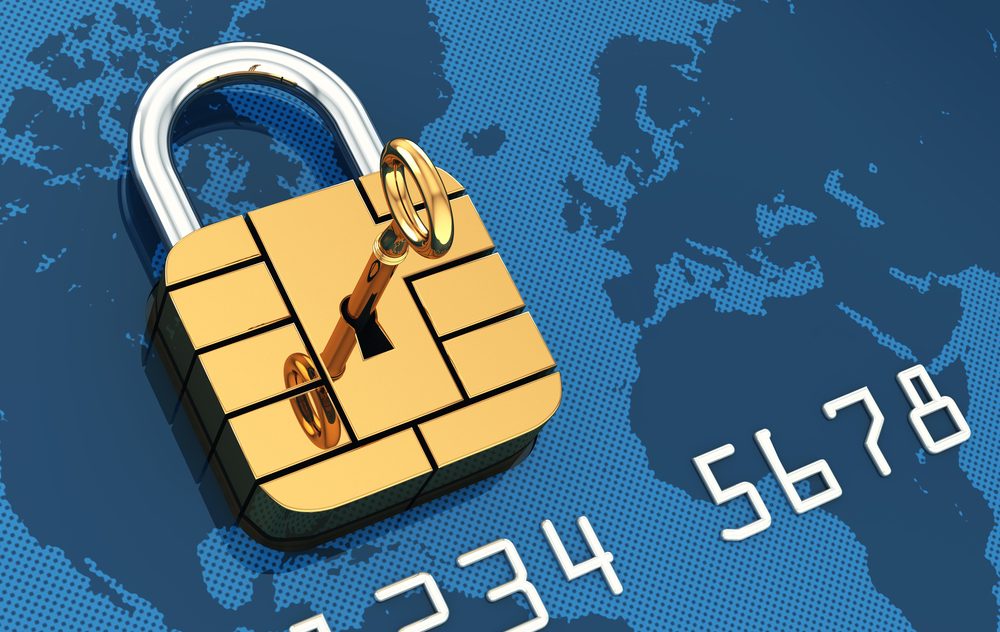It can sometimes be difficult to totally avoid chargebacks. In light of this its best for a merchant to understand how the chargeback process works and what to expect when a chargeback request against you is requested by a cardholder.
Before we look at the process, here are some of the terms you need to know:
Cardholder– one who possesses a card and especially a credit card
Issuing Bank– A bank that offers card association branded payment cards directly to consumers
Acquiring bank-An acquiring bank is a bank or financial institution that processes credit or debit card payments on behalf of a merchant.
The Chargeback process can be explained in the following 5 steps:
Step 1:
The cardholder files a complaint by contacting his or her issuing bank about the erroneous transaction.The cardholder asks for their money back.
Step 2:
The issuing bank checks whether the dispute is valid. If the bank finds the request invalid, the dispute is simply declined and the customer is charged with a processing fee.
Step 3:
If the issuing bank sees a potential error, a provisional credit is provided to the cardholder. The bank then initiates the chargeback process, to obtain the funds from the acquiring bank that will debit the funds from your account in turn.
Step 4:
The acquiring bank then does some research on the validity of the chargeback claim. If the chargeback is found to be invalid, they will decline the said chargeback and inform the card-issuing bank. The amount of the chargeback is removed from the merchant’s account and the merchant’s bank will notify the merchant about the outcome.
If a processing error has indeed occurred, the corresponding correction is then sent to the card-issuing bank for re-presentation.The acquirer will send a Notification of Chargeback (NoC) and a Request for Information (RFI) to the merchant informing of a pending chargeback request.
Step 5:
The merchant will be asked to provide the needed documentation and proof to remedy the chargeback. If the merchant ignores the Request for Information and the chargeback automatically proceeds unchallenged and the money is gone for good.
If the merchant replies to the Request for Information (RFI) they may be able to persuade the card issuer to refuse the chargeback, and eventually get the chargeback money back.
The card issuer looks at the information you have given and follows the rules and regulations associated with the card.If the documentation provided is satisfactory, the claim for chargeback is denied and the customer will be charged once again for the sale.The merchant is paid for the transaction after a certain period of time.
As you can see, the chargeback process is a very complicated one and involves a number of different parties to remedy the chargeback. As a merchant,it will take some time to manage and remedy a chargeback. A typical chargeback process lasts anywhere from 6 weeks to up to 6 months.
Merchant Penalties
The merchant’s acquiring bank accepts the risk that the merchant will remain solvent over time, and thus has an incentive to take a keen interest in the merchant’s products and business practices. Reducing consumer chargebacks is crucial to this endeavor. To encourage compliance, acquirers may charge merchants a penalty for each chargeback received.
In addition, Visa and MasterCard may levy severe fines against acquiring banks that retain merchants with high chargeback frequency. Acquirers typically pass such fines directly to the merchant.
Read the first part of the chargebacks trilogy.






